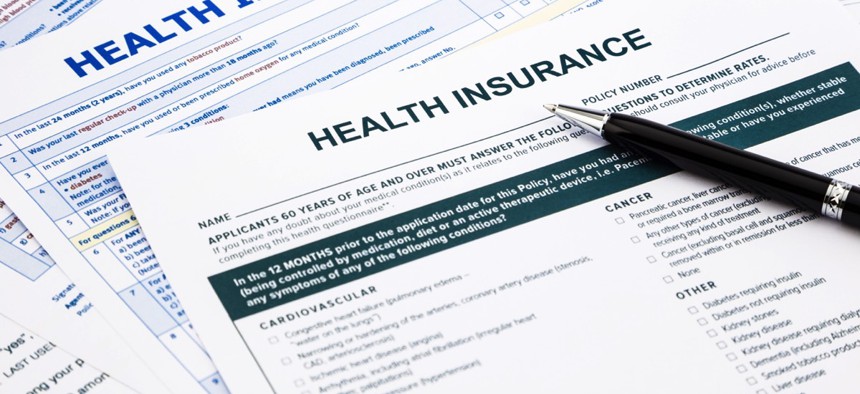5 Things States Can Do to Prepare for Health Coverage Questions This Tax Season

vinnstock / Shutterstock.com
Simply getting the new proof-of-coverage forms out isn’t enough.
Two new “evidence of coverage” forms from insurers and employers are coming this 2016 tax season, and state governments should prepare for the inevitable onslaught of questions from unprepared citizens.
In 2015, Affordable Care Act health exchanges reported customers’ “minimum essential coverage”—proof they and their families had insurance every month of 2014—with form 1095-A.
But non-exchange forms 1095-B, for people who received Medicaid or Children’s Health Insurance Program (CHIP) coverage, and 1095-C, for employees covered through large employers, were delayed a year.
“This is the first year all three of these forms are required, and we’ll see how the dynamics play out. But Medicaid agencies can’t look at 1095-B as ‘a form we send out and that’s our responsibility,’” said Ferdinand Morales, MAXIMUS vice president of operations for the New York State of Health Customer Service Center, in an interview. “People are really confused and trying to get their arms around what this is all about.”
The Reston, Virginia-based business process management company runs six state-based contact centers and expects more than 25 percent of Medicaid or CHIP consumers will call with questions about 1095-B—in keeping with last year’s 1095-A numbers.
Some households may receive two or all three forms if a member is gainfully employed for six months, then loses their coverage or job but fails to qualify for government-sponsored insurance.
Because a failure to report coverage accurately could result in fines, Morales advises customer service centers: “Prepare for volume.”
Last year’s rush of questions started about two weeks before the April 15 tax deadline and ran through the extension period, as people who hadn’t looked at 1095-A hurried to finish. While most filers will be used to that form, new enrollees might still find it daunting.
Questions will run the gamut: what do I use 1095-B for; do I attach it to my filing; how long do I have to be enrolled in a qualified health plan; and what of other forms showing other months of coverage?
Here are Morales’ keys to success for state governments looking to keep customer service call volumes down and wait times short:
- Provide a dedicated support line. Consumers value hearing a live voice, and the default option is IRS telephone assistance with its lengthy wait times.
- Have an online resource page. There’s value in ensuring people can self-serve, and a variety of stakeholders can leverage a Frequently Asked Questions webpage. Plus, users can take their time digesting the information.
- Supply bilingual support. English is not always the first language of state clients, and governments should consider assistance for major groups of foreign language speakers.
- Train in-person assisters. A number of people rely on this community to complete their tax filing, so states should prepare navigators, certified application counselors, brokers, and community-based organizers to serve as first points of entry. Consumers like to return to assisters, and they should be provided with resources via webinars that get them up to speed.
- Leverage social media. Most state-based health insurance marketplaces are on Facebook, Twitter or both. Those outlets should be used to engage the public on coverage forms in a creative, effective way.
While New York offers an integrated insurance marketplace, allowing for one-stop shopping that makes answering coverage questions easier, the state still implemented the above strategy for handling 1095-A confusion.
“They really got out to the community and provided a resource page and dedicated support line,” Morales said. “They have really embraced the idea that all stakeholders, including in-person assisters, contribute to the consumer experience.”
Dave Nyczepir is News Editor for Government Executive’s Route Fifty.
NEXT STORY: Communications Strategy is Key to Effective Online Citizen Service






